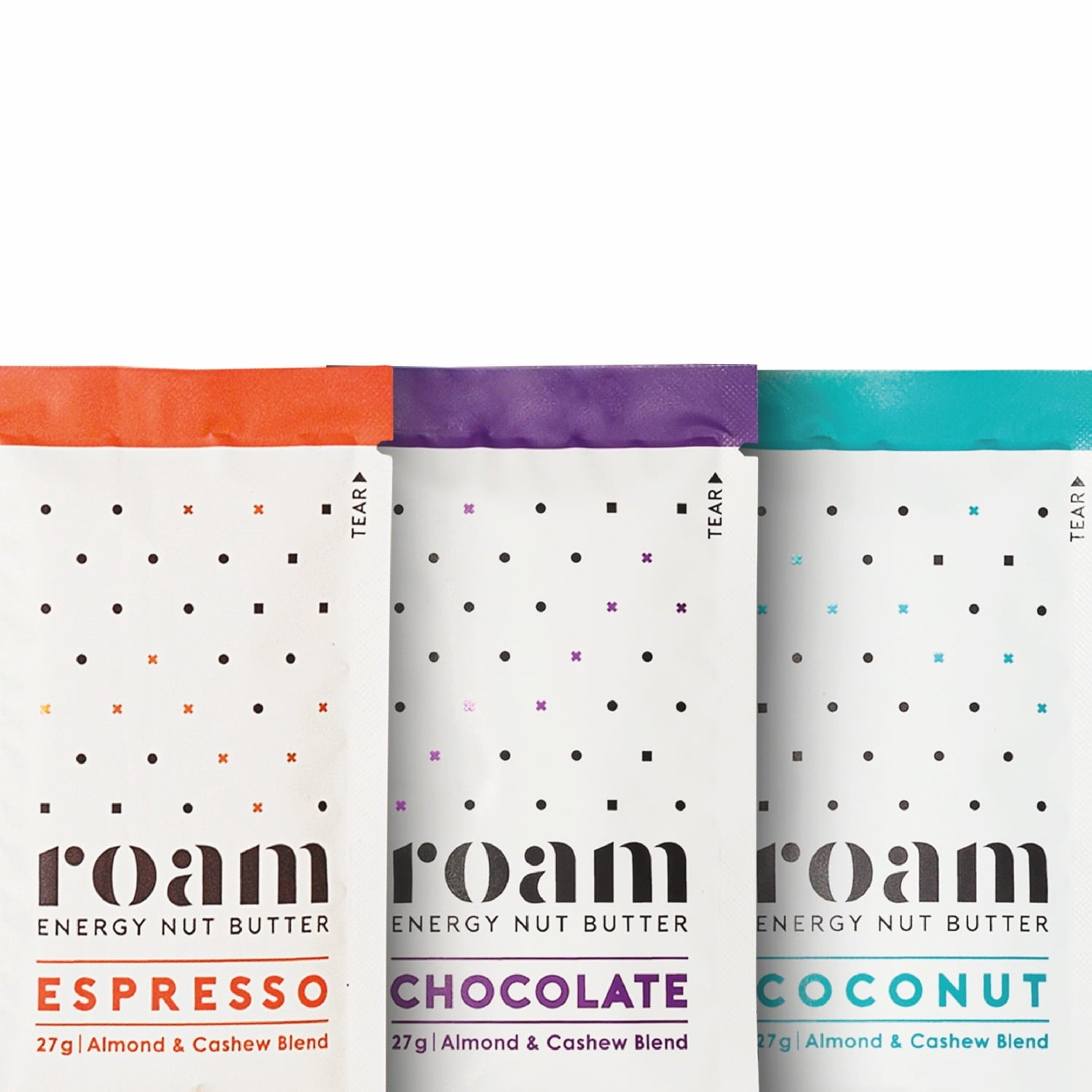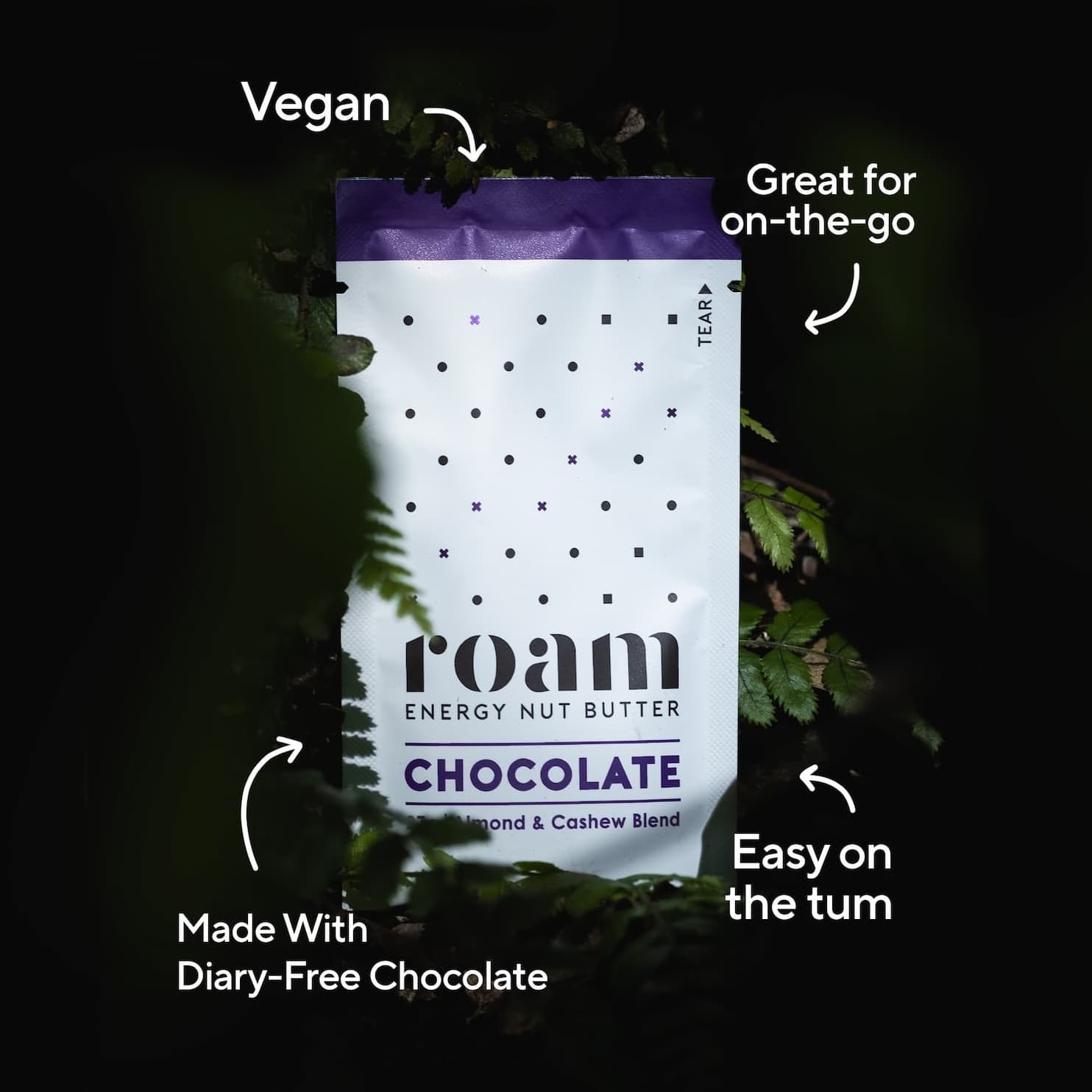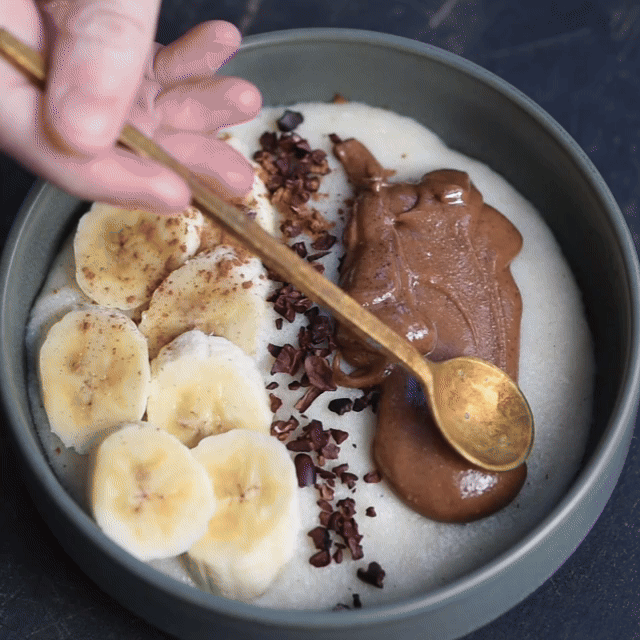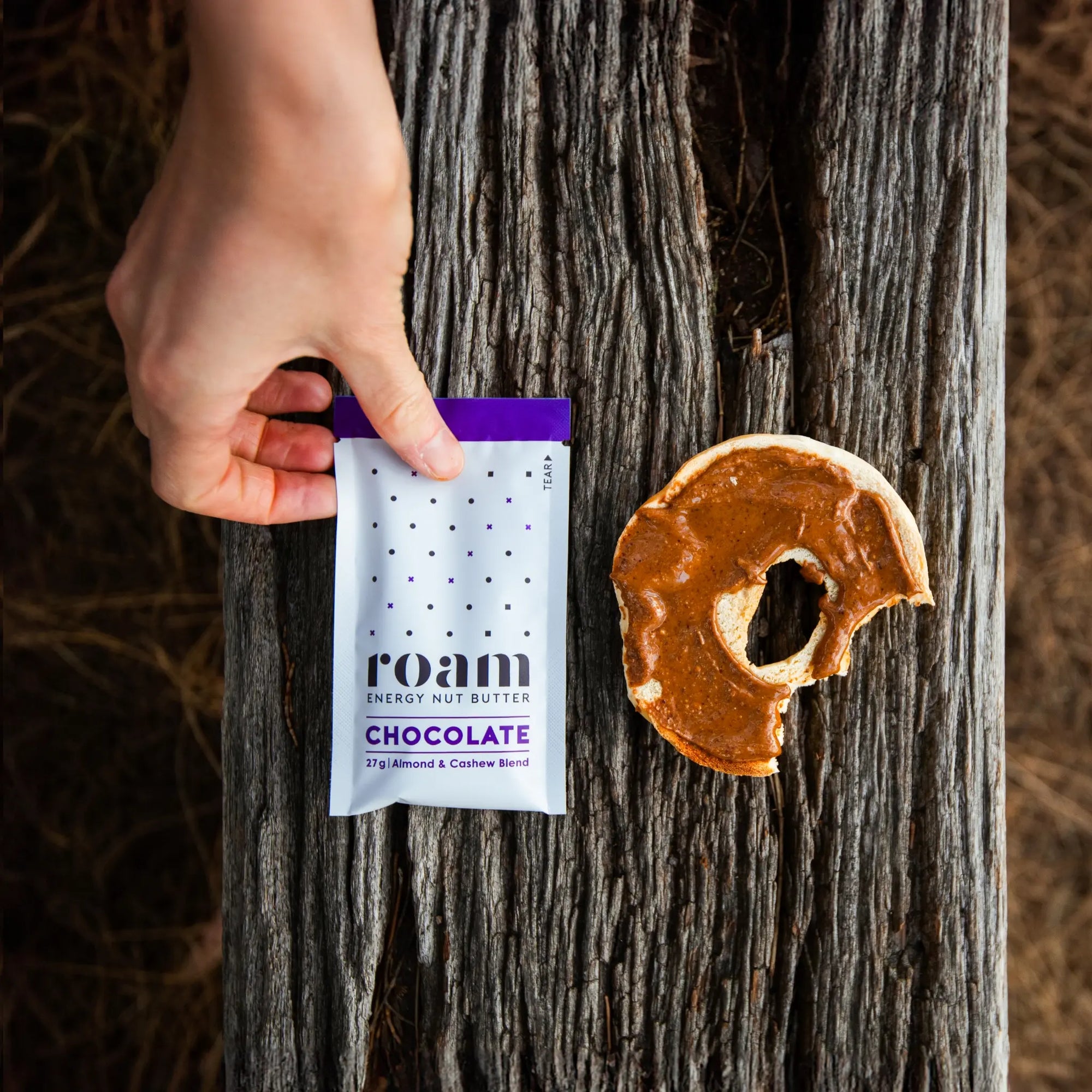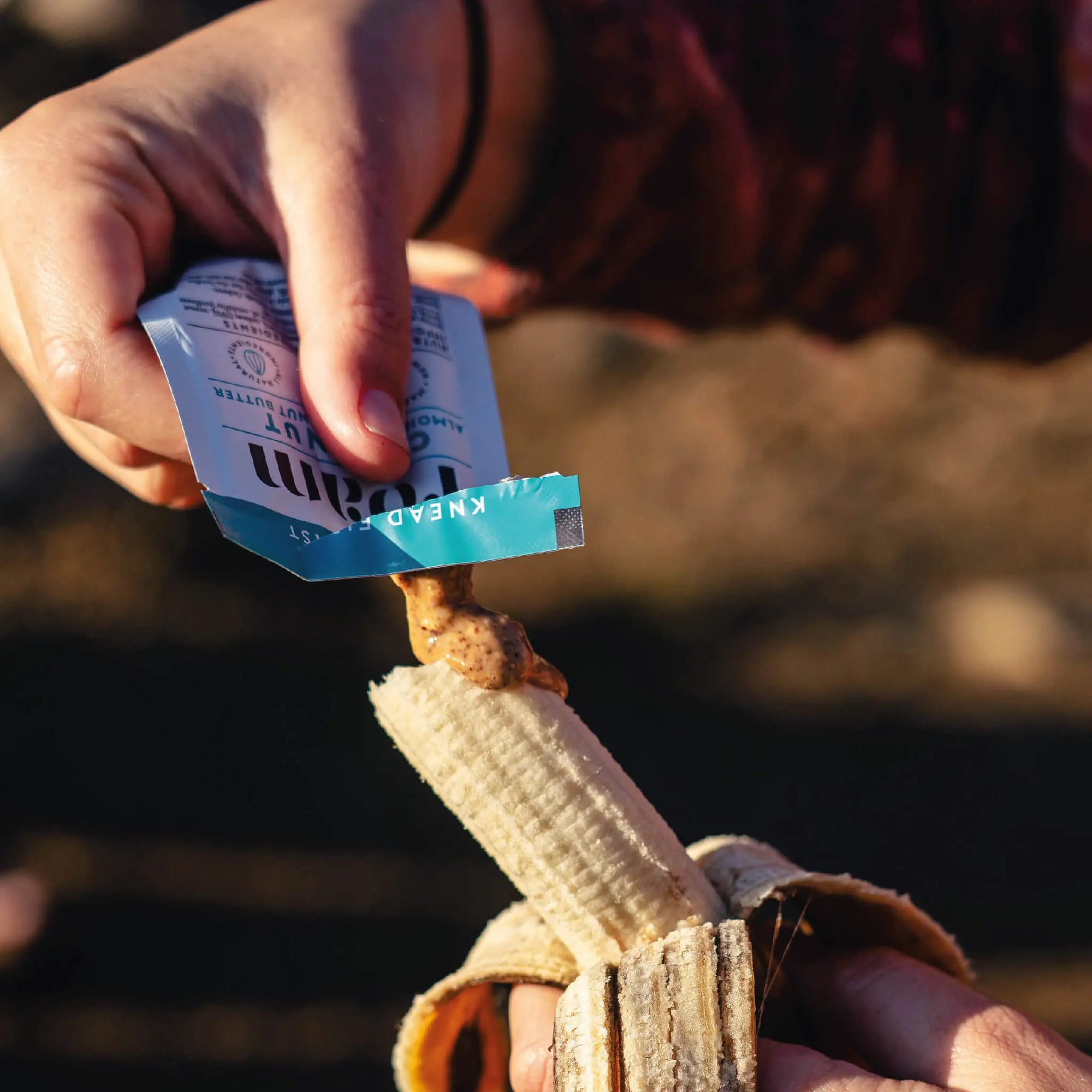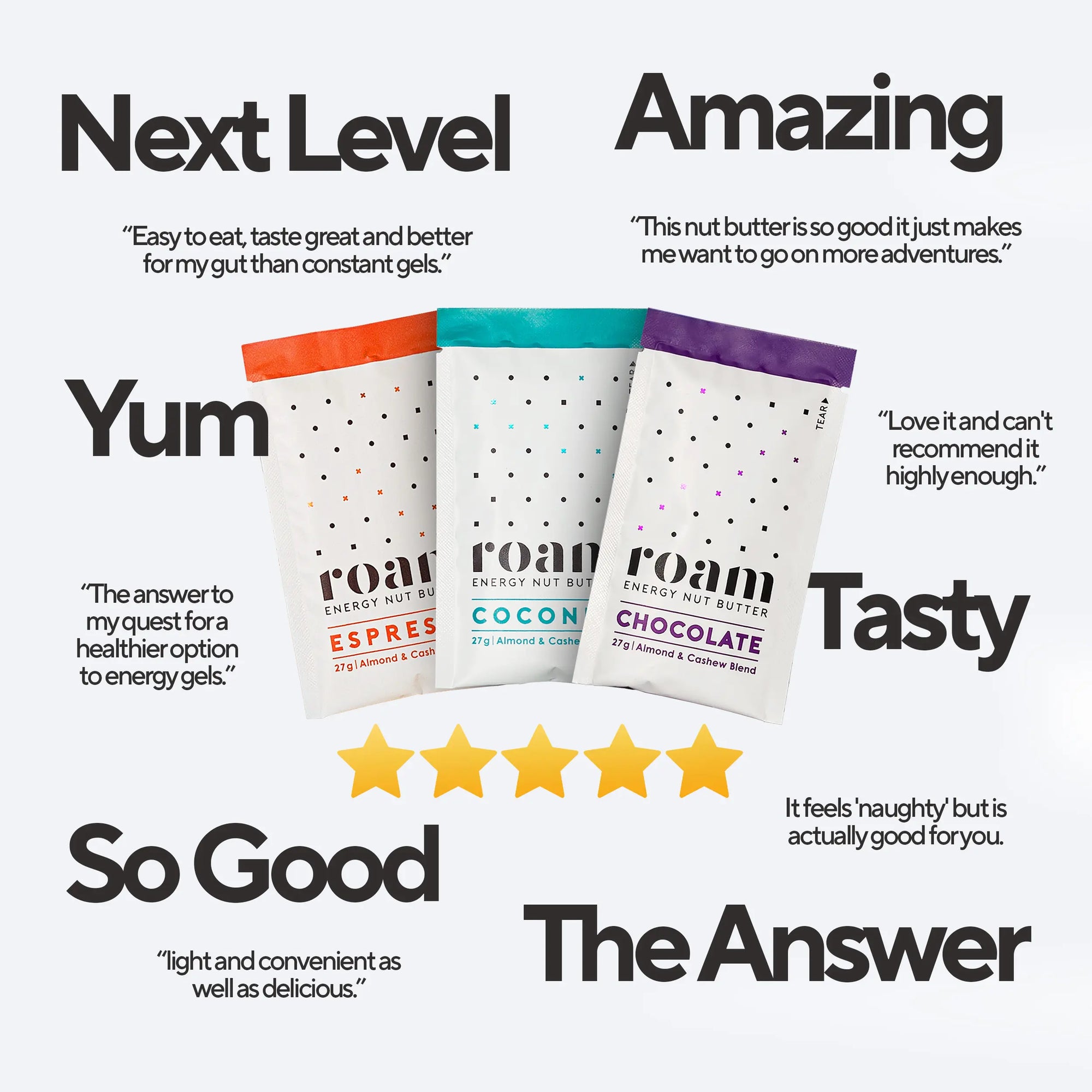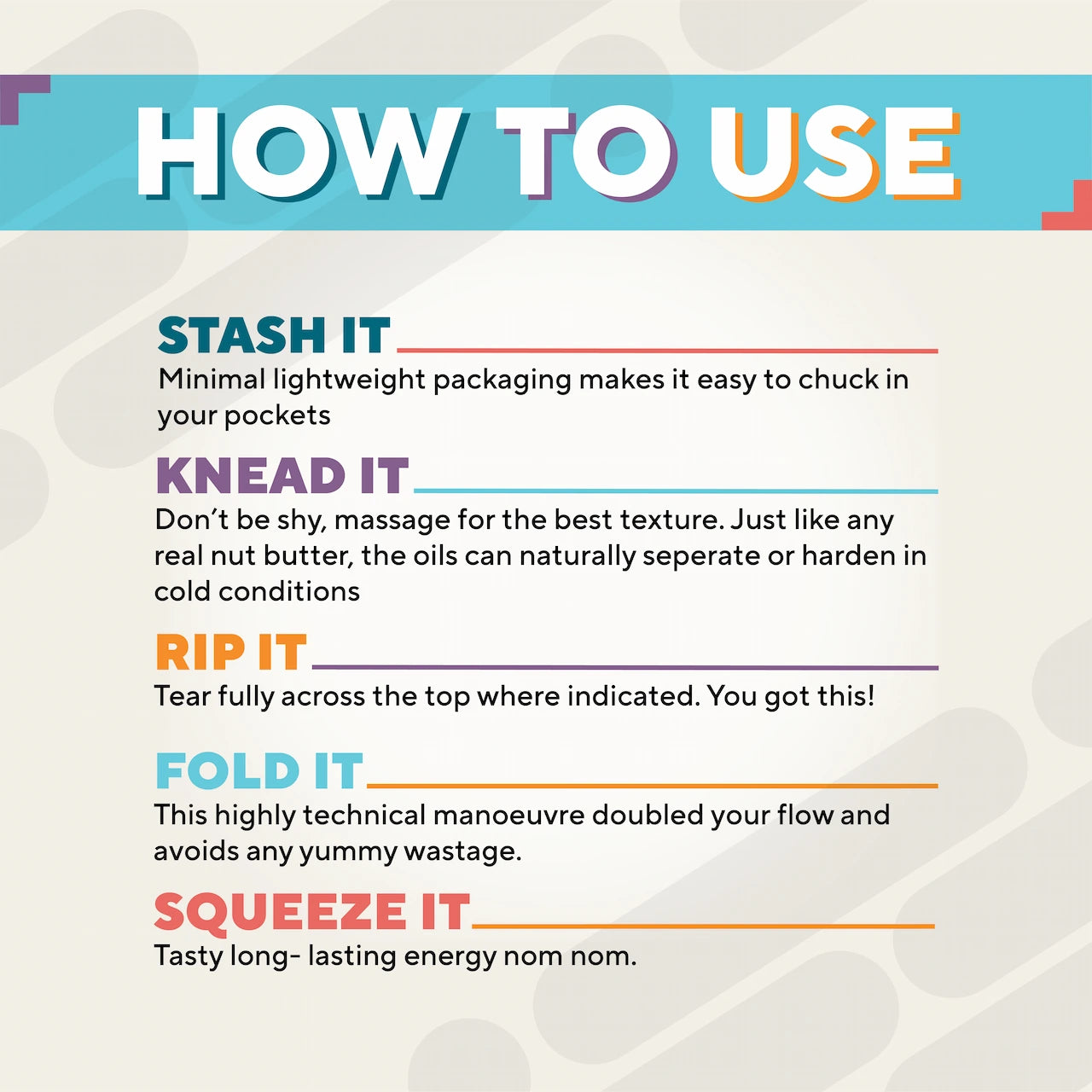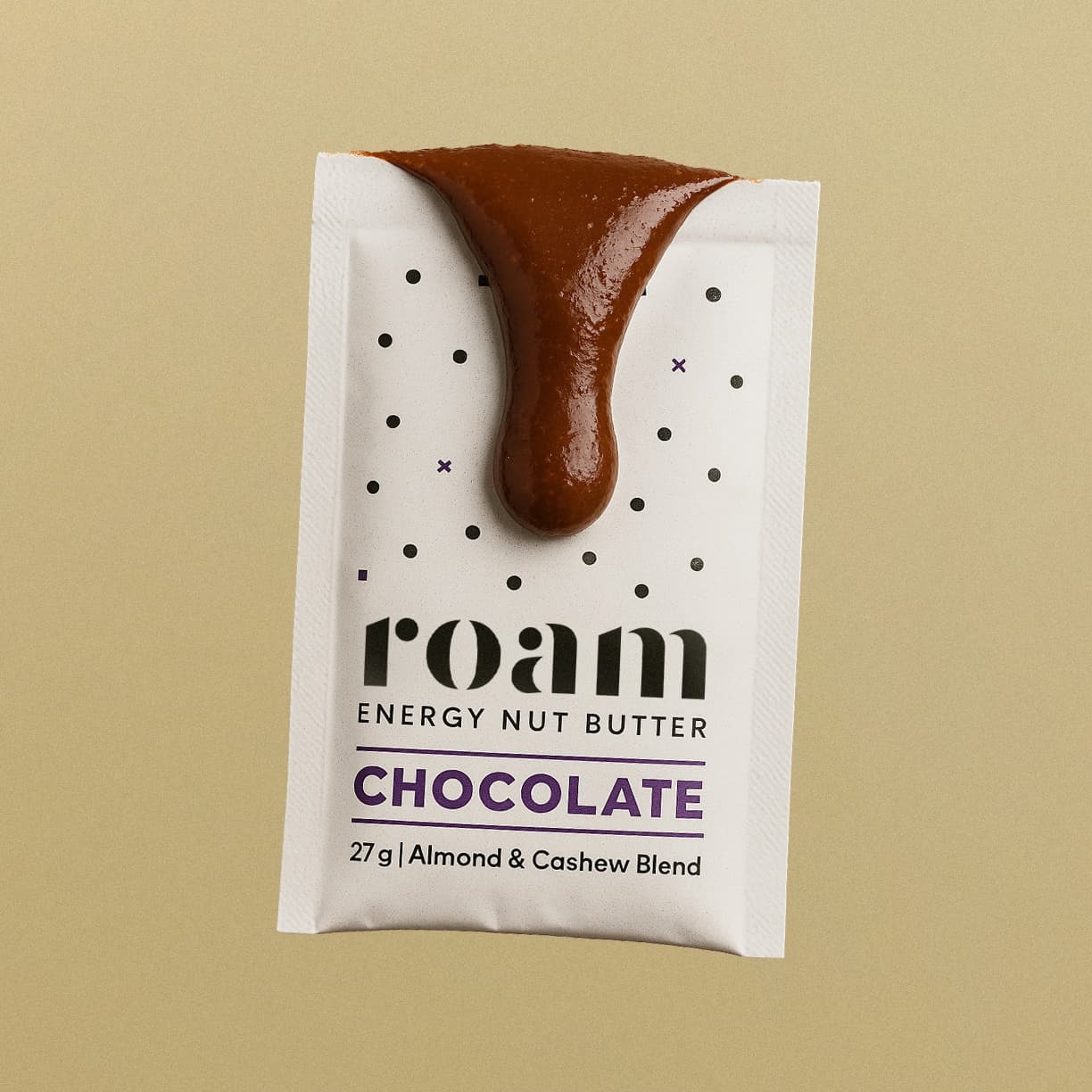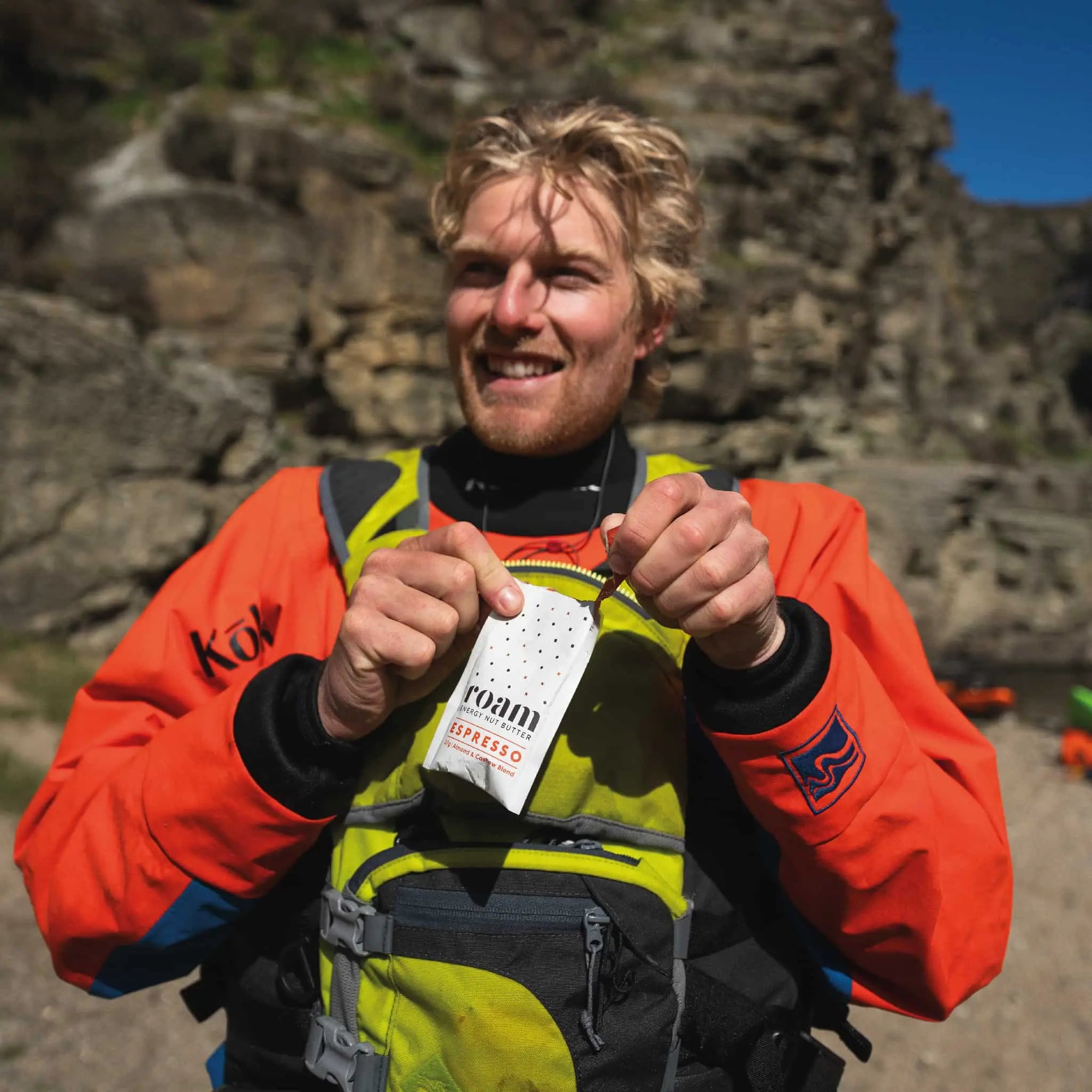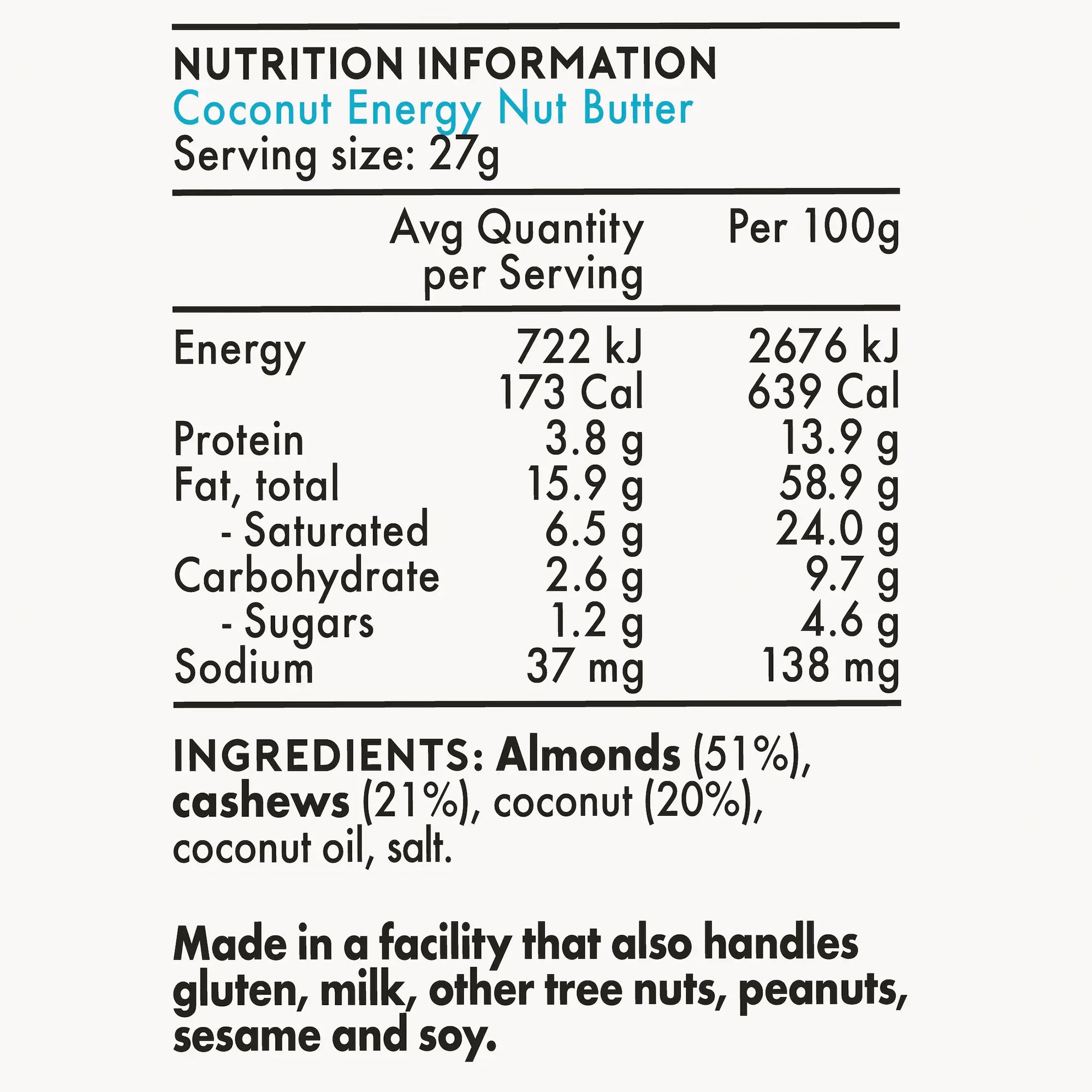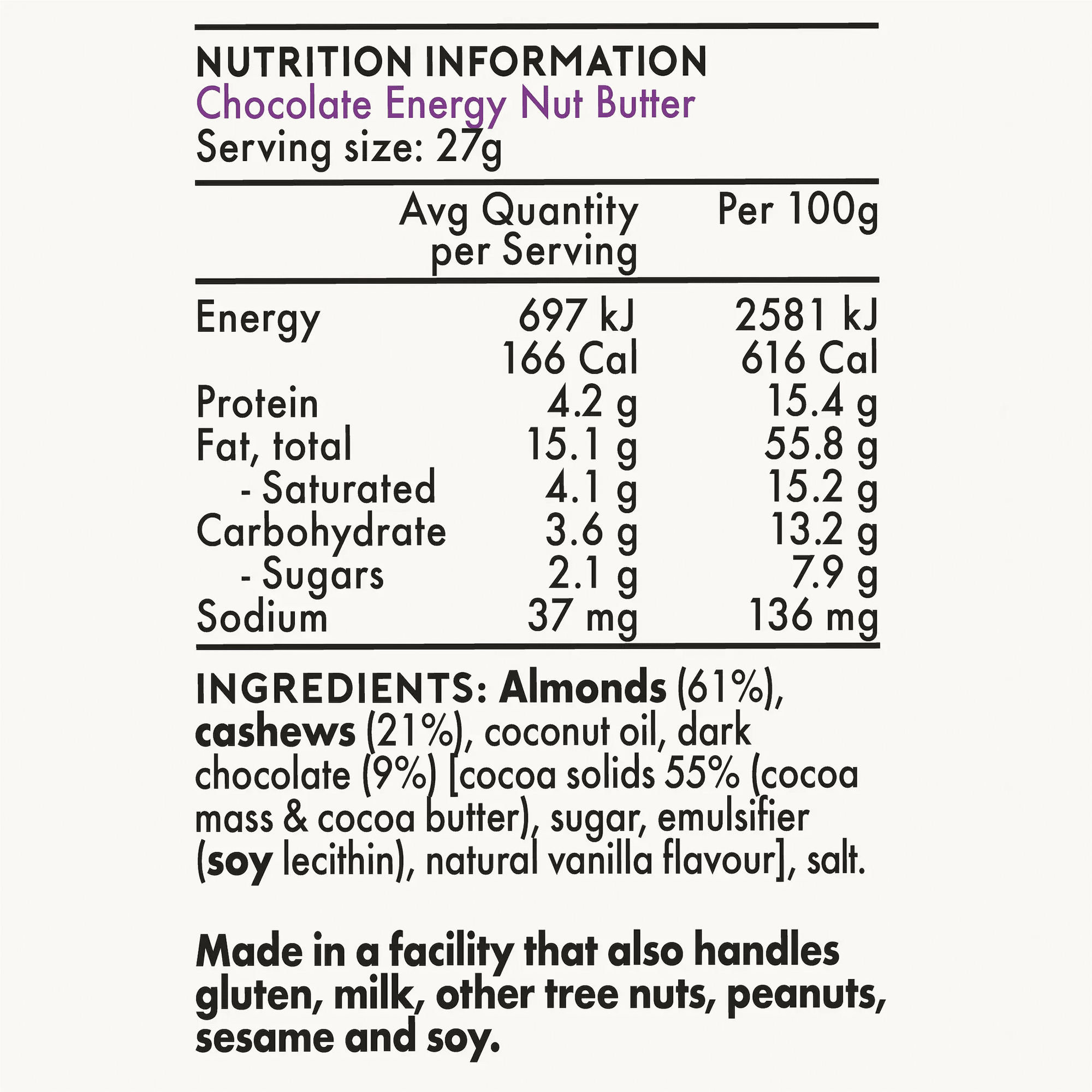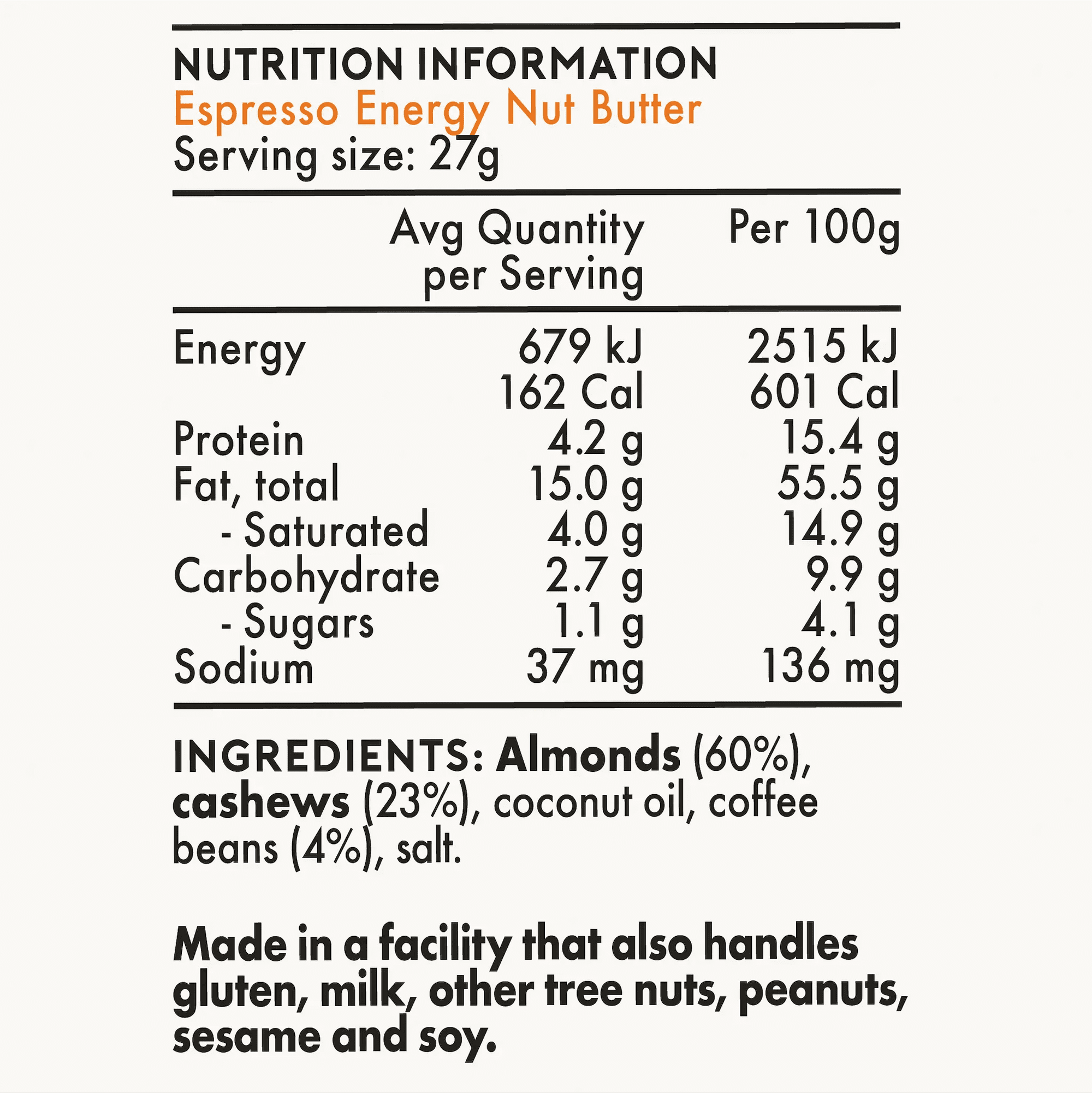Breaking the Sugar High: How to Combat Taste Fatigue
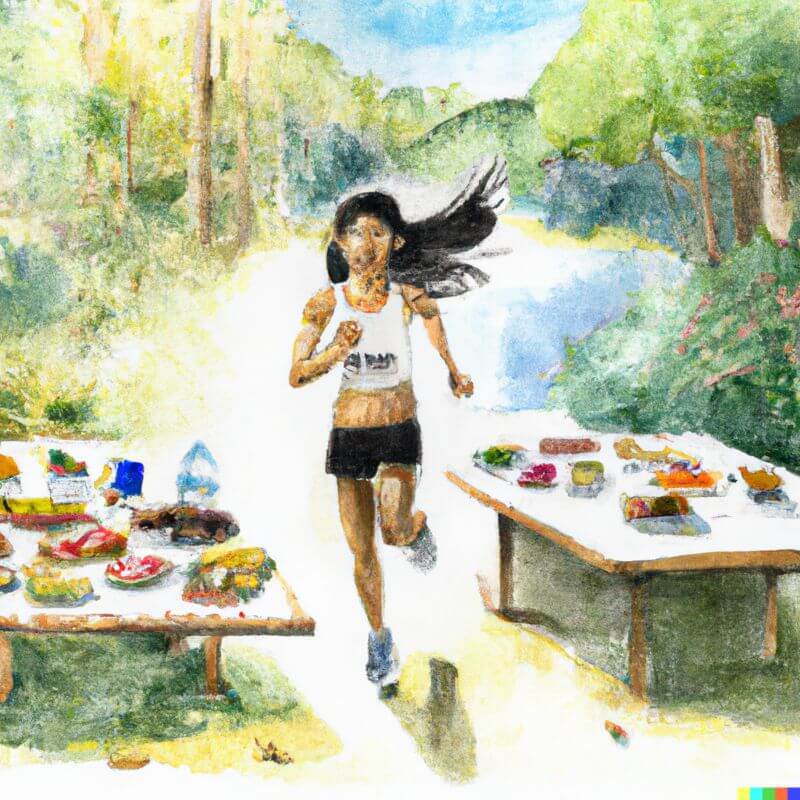
Understanding taste fatigue in endurance exercise
You’re half-way through a sporting event that you’ve trained hard for. Months of long training sessions, boring your family members with talk about the specificities of your sport (5-fingered socks do really get rid of the blisters, you know!).
Physically, you’re in great shape. But there’s just one problem. You can’t stomach another bite or sip of the nutrition you’ve got on hand, and there’s still a long way to go until the finish line.
This scenario is common, especially in endurance sports. And there’s a name for it. Taste fatigue.
Taste fatigue, a common issue in endurance exercise, occurs when an athlete repeatedly consumes the same type of food, particularly foods that are high in sugar.
Over time, you become less sensitive to its taste. This can lead to a decrease in the enjoyment of the food, reduced appetite, and often a reduced willingness to consume the food altogether.
One reason why taste fatigue happens is due to a process called sensory-specific satiety. When you repeatedly consume the same type of food, the sensory receptors that detect the flavour of that food become less responsive over time, blunting your sensitivity to the taste.
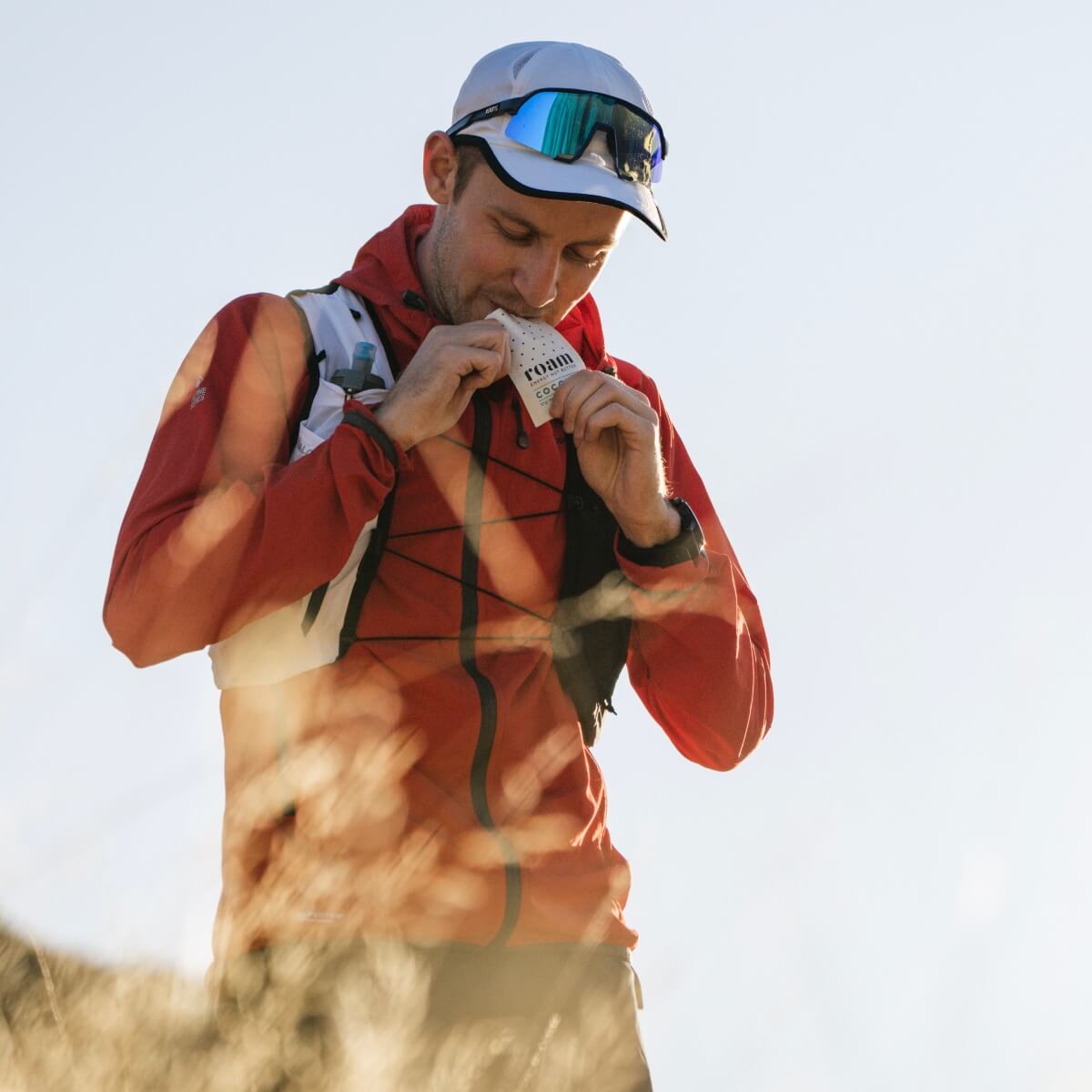
Taste Preferences Change During Exercise
A common finding in scientific experiments is that taste preferences change over the course of exercise. For example, a study by Kitson O et. al (2021) measured 27 cyclists’ taste preferences for various hydration solutions during exercise in hot conditions. During the initial 60-mins of exercise, participants had a stronger preference for a drink with higher carbohydrate levels (and sweeter taste).
However, after the 60-min mark, participants’ preference shifted, favouring the drink with higher levels of salt. This indicated that the length and intensity of the session, and fluid loss through exercise, increased participants’ liking of, and preference for, salt.
A frequent complaint we hear from endurance athletes (runners, cyclists, multi-sporters), is that they tire from gels and high-carbohydrate drinks. Some are past the point of no return: “I just can’t do gels anymore” is a sentiment that we often hear.

So how can we take what we know about taste fatigue to improve our experience when training or racing?
First, think about context. If your given session or event is less one hour in duration, taste fatigue is probably not going to be a major factor. Depending on your sport, it’s likely that you won’t need to consume food or drink with calories at all. If your muscle glycogen stores are topped up, that will be your primary energy source (see Ep 1. of Coffee with Andrius that covers this topic).
During longer sessions, notice how your taste preferences shift. Sipping on electrolyte drink with carbs and find that it starts to taste too sweet for your liking? Consider balancing this out with something salty or savoury. Check out some of our savoury snack picks.
Diversify your nutrition portfolio. If you’re always relying on one or two products and nothing else, you may run into trouble in long events when (1) you can’t stomach eating more of given products or (2) they are no longer available!
Create a ‘portfolio’ of foods with different flavour profiles (e.g. sweet and savoury) and textures that you can rotate between. This will help to keep your taste receptors more sensitive. This is where Roam Energy Nut Butter, a perfect companion for endurance exercise, comes in!
Carbohydrate intake isn’t the whole equation. When talking nutrition during events or training, people focus on how many calories from carbohydrates they can take on per hour. Yes, this matters, but there are other elements to consider too, such as dehydration and sodium (salt) loss. The electrolyte balance in your body changes during exercise, and you may start to crave salty foods/drinks over sweet ones.
Consume nutrient dense foods that provide a variety of macronutrients, such as protein, fibre, and healthy fats. This can also help with feeling satisfied (this is important when you are exercising for very long periods through normal meal times).
Give some of these a try, and let us know how you get on! As always, if you have any questions, feel free to contact us at hello@roamenergy.co.nz
For more resources on sports nutrition, check out the Journal, you can filter by your area of interest.
References:
Kitson, O., Rutherfurd-Markwick, K., Foskett, A., Lee, J. K.
W., Diako, C., Wong, M., & Ali, A. (2021). Sensory Perception of an Oral Rehydration Solution during Exercise in the Heat. Nutrients, 13(10), 3313. https://doi.org/10.3390/nu13103313
Images by Dall-E.

